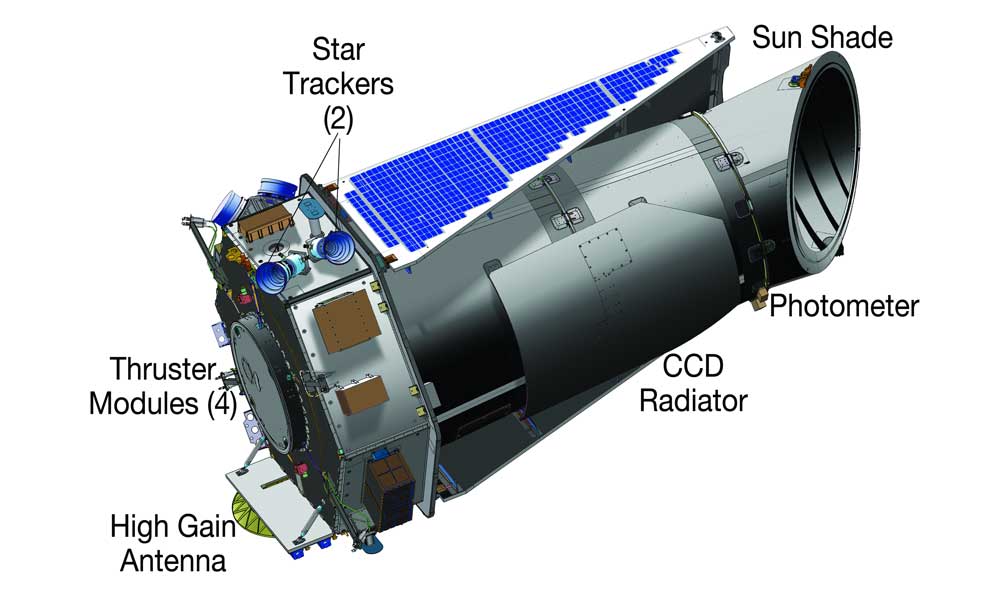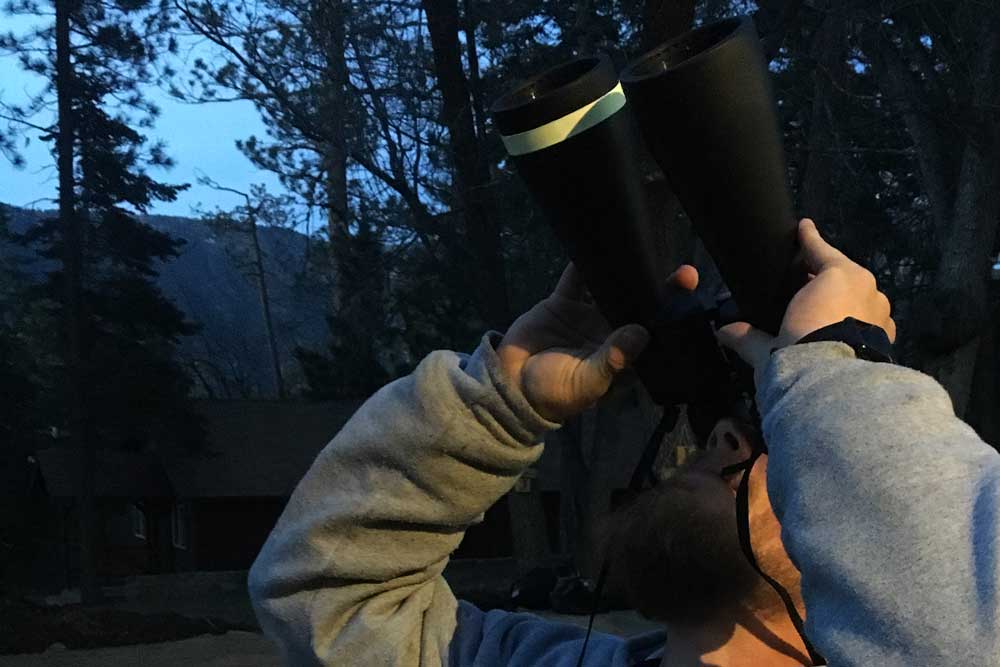Have you ever found yourself gazing up at a beautiful night sky and asking yourself if there is any other life out there? Or maybe you ask yourself what makes our planet Earth so special. I find myself asking very similar questions, especially 7000 feet up in the San Bernardino Mountains where the stars are visible by the thousands on a night with clear skies.
 Dave Brain, an Astrophysical and Planetary scientist, gave a TED Talk 1 titled What a Planet Needs to Sustain Life 2; he teaches that life needs three things in order to survive: energy, food/nourishment, and liquid water. Two of those three things are available on all planets. As I am sure you have guessed, water is the one that is not available on all planets and on very few known planets at all.
Dave Brain, an Astrophysical and Planetary scientist, gave a TED Talk 1 titled What a Planet Needs to Sustain Life 2; he teaches that life needs three things in order to survive: energy, food/nourishment, and liquid water. Two of those three things are available on all planets. As I am sure you have guessed, water is the one that is not available on all planets and on very few known planets at all.
In our very own solar system, there are three planets that are capable or were once capable of holding liquid water: Venus, Earth, and Mars.
 In order for a planet to hold liquid water it needs to have the perfect atmosphere to do so. Dave used the popular children’s story “Goldilocks and the Three Bears” to describe the atmospheres of Venus, Earth, and Mars. Venus is too hot, Earth is just right, and Mars is too cold. He then poses the question: “Was momma bear’s bowl always too cold?” Dave explains that like everything, planets can change and evolve, and the atmosphere can do the same. Evidence shows that Mars had an atmosphere at one time that was “just right” and was once a habitable planet, containing hundreds of flowing rivers and other bodies of water.
In order for a planet to hold liquid water it needs to have the perfect atmosphere to do so. Dave used the popular children’s story “Goldilocks and the Three Bears” to describe the atmospheres of Venus, Earth, and Mars. Venus is too hot, Earth is just right, and Mars is too cold. He then poses the question: “Was momma bear’s bowl always too cold?” Dave explains that like everything, planets can change and evolve, and the atmosphere can do the same. Evidence shows that Mars had an atmosphere at one time that was “just right” and was once a habitable planet, containing hundreds of flowing rivers and other bodies of water.
But whatever happened to that water and the atmosphere? Scientists believe that the atmosphere of Mars along with Venus escaped into space by sunlight or solar winds taking the water with it.
For me, astronomy is a lesson that students usually express the most interest in week after week. I love teaching this lesson because it has tons of facts that are jaw dropping to the students.

The Keplar Spacecraft
For example, one of their favorite facts (based on students’ reactions) is “Even if only 0.1% of stars in the Milky Way Galaxy have planets, there are still more the 10 million solar systems in our galaxy alone. The Keplar Spacecraft has been studying only a postage stamp-sized section of the sky and has found thousands of planets. With 200 billion stars in the Milky Way Galaxy on average there is at least one planet per star. Studies suggest that 40 to 100 billion of these planets can be defined as habitable.” 3
When facts like these are brought up to a group of 5th and 6th graders, it is really rare if you do not have a student with a raised hand asking the questions “Are there aliens out there?” or something very similar.
When a question like that is presented, I know myself and several other instructor usually keep our opinions to ourselves, and let the students ponder and theorize. Scientists are working on this question, and they have discovered so many planet possibilities that it’s hard to know which ones to investigate first. And scientists are still studying and collecting measurable data from Venus, Earth, and Mars because there is still a lot they do not know about our neighboring planets. Eventually scientists will have enought data collected to really tell us what is going on up there in our starry skies. Until then, at this very moment Earth is the ONLY habitable planet scientist know of.

At High Trails Outdoor Science School, we literally force our instructors to write about elementary outdoor education, teaching outside, learning outside, our dirty classroom (the forest…gosh), environmental science, outdoor science, and all other tree hugging student and kid loving things that keep us engaged, passionate, driven, loving our job, digging our life, and spreading the word to anyone whose attention we can hold for long enough to actually make it through reading this entire sentence. Whew…. www.dirtyclassroom.com

Comments are closed.